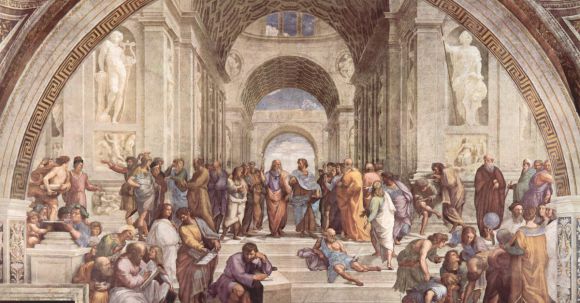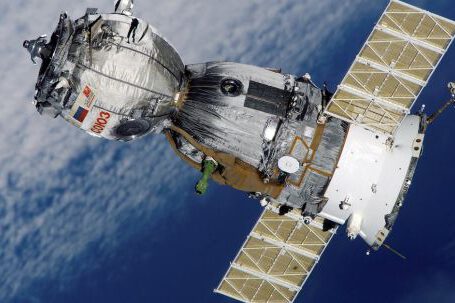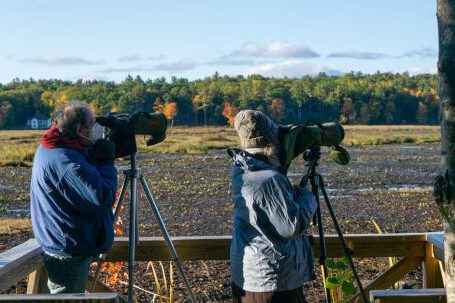The Renaissance, a period of great cultural, artistic, and intellectual innovation, had a profound impact on the world. From the 14th to the 17th century, this transformative movement swept across Europe, sparking advancements in various fields and leaving an indelible mark on human history. In this article, we will explore the key ways in which the Renaissance changed the world.
Revival of Classical Learning
One of the defining characteristics of the Renaissance was the rediscovery and revival of classical learning. After centuries of intellectual stagnation during the Middle Ages, ancient Greek and Roman texts were once again studied and celebrated. The works of thinkers like Plato, Aristotle, and Cicero were translated into vernacular languages, making them accessible to a wider audience. This renewed interest in the wisdom of the ancients laid the groundwork for the development of humanist philosophy and the pursuit of knowledge based on reason and observation.
Humanism and the Individual
The Renaissance marked a shift in focus from the divine to the human. Humanist ideas emphasized the worth and potential of the individual, promoting the idea that humans were capable of shaping their own destiny. This newfound belief in human agency led to a greater emphasis on individualism, self-expression, and personal achievement. Artists like Leonardo da Vinci and Michelangelo celebrated the human form, capturing its beauty and complexity in their masterpieces. Humanist ideals also influenced the development of political thought, with thinkers such as Machiavelli advocating for the importance of strong leaders and the pursuit of power.
Scientific Revolution
The Renaissance was a time of immense scientific progress, laying the foundations for the Scientific Revolution that would follow in the centuries to come. Scholars like Copernicus, Galileo, and Kepler challenged prevailing beliefs about the structure of the universe, paving the way for the development of modern astronomy. The scientific method, with its emphasis on observation, experimentation, and logical reasoning, became a cornerstone of inquiry. This newfound scientific mindset not only expanded our understanding of the natural world but also led to technological advancements that would shape the future.
Artistic and Cultural Innovations
The Renaissance was a golden age of artistic and cultural achievement. Artists, architects, and writers pushed the boundaries of their respective fields, creating enduring masterpieces that continue to captivate and inspire. The invention of linear perspective revolutionized painting, allowing artists to create more realistic and immersive artworks. Renaissance literature, with its focus on human emotions and experiences, gave birth to new genres such as the novel and the essay. The printing press, invented by Johannes Gutenberg, made books more accessible, democratizing knowledge and fostering the spread of ideas.
Impact on Society and Politics
The Renaissance transformed not only the world of art and ideas but also society and politics. The rise of wealthy merchant classes led to the growth of urban centers and the emergence of a new social order. The concept of the nation-state also gained prominence, as rulers sought to consolidate power and assert their authority. The Renaissance ideals of humanism and individualism helped lay the groundwork for the Enlightenment, a period of intellectual and social progress that would further shape the modern world.
In conclusion, the Renaissance was a transformative period in human history that brought about profound changes in various aspects of society. From the revival of classical learning to the scientific revolution and the blossoming of artistic and cultural achievements, its impact continues to be felt to this day. The Renaissance challenged long-held beliefs, inspired new ways of thinking, and set the stage for the modern world we live in.





